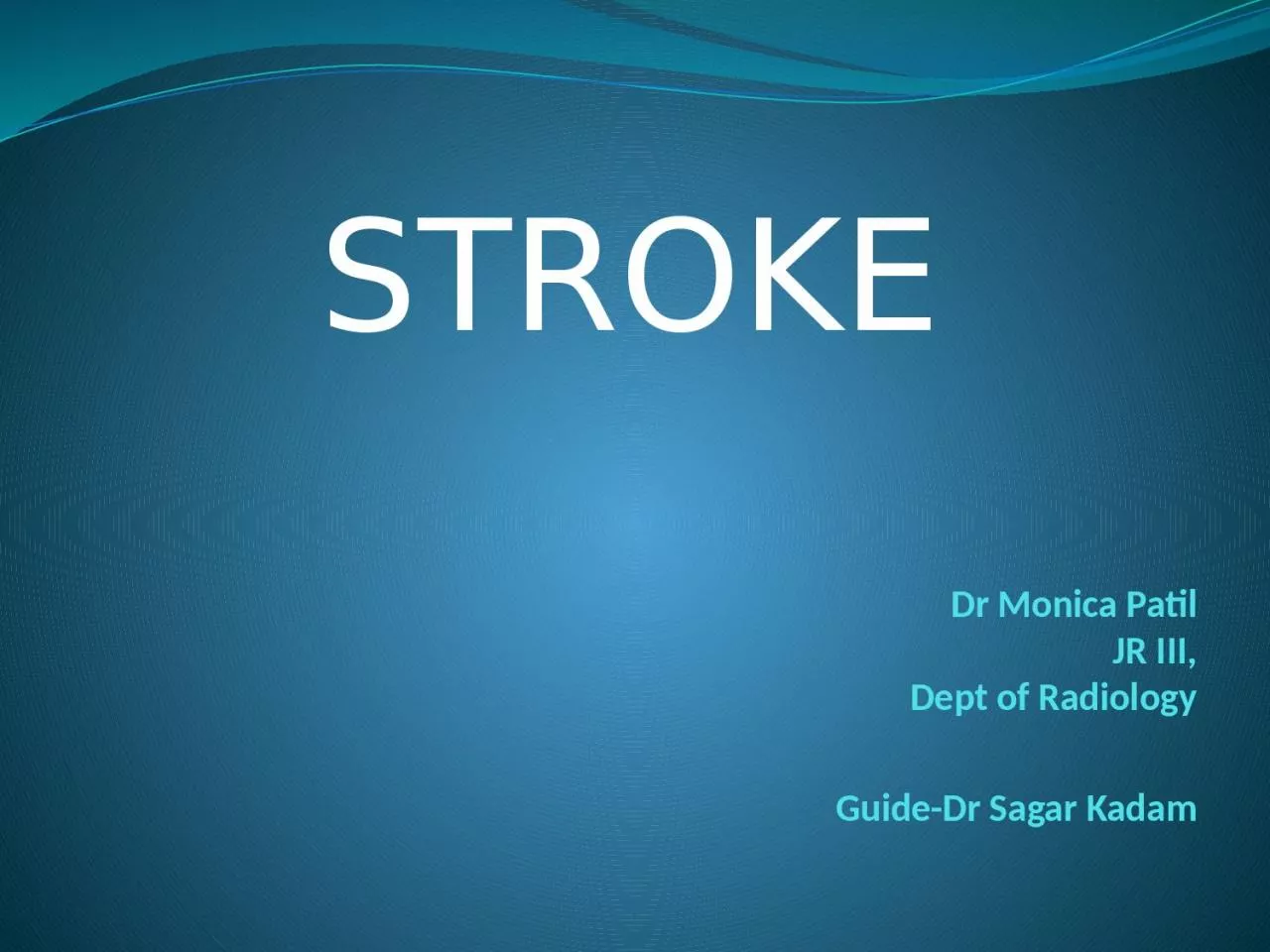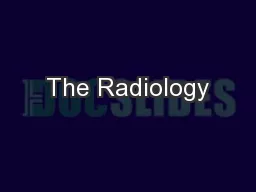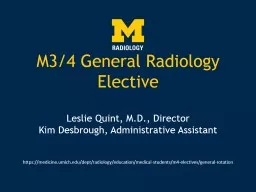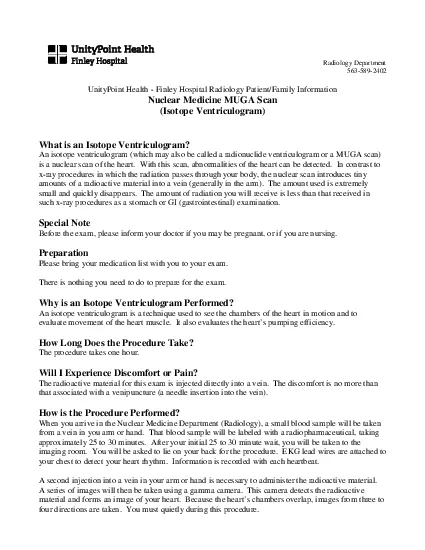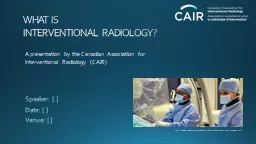PPT-Dr Monica Patil JR III, Dept of Radiology
Author : vivian | Published Date : 2024-01-29
GuideDr Sagar Kadam STROKE Acute onset focal neurological deficit of presumed vascular origin and of more than 24 hours TIA recovery is complete within 24 hours
Presentation Embed Code
Download Presentation
Download Presentation The PPT/PDF document "Dr Monica Patil JR III, Dept of Radiolo..." is the property of its rightful owner. Permission is granted to download and print the materials on this website for personal, non-commercial use only, and to display it on your personal computer provided you do not modify the materials and that you retain all copyright notices contained in the materials. By downloading content from our website, you accept the terms of this agreement.
Dr Monica Patil JR III, Dept of Radiology: Transcript
GuideDr Sagar Kadam STROKE Acute onset focal neurological deficit of presumed vascular origin and of more than 24 hours TIA recovery is complete within 24 hours 10 of patients will go on to have a stroke. Scientist: DJ . Patil. and HHS . IDEA . LAB . Demand-Driven Open . Data: David Portnoy. Dr. Brand Niemann. Director and Senior Data Scientist/Data Journalist. Semantic Community. http://semanticommunity.info/. of. Benign Neoplasms. Juan F. Yepes, DDS, MD, MPH. Assistant Professor. Department of Diagnostic Radiology. University of Kentucky Chandler Medical Center. The Radiology of Benign Neoplasms. Well defined. Technology For Client. In the past, . Mr.. Patil held senior positions with increasing responsibility at . Lupin. , B. Braun Biotech, Sartorius, . Shantha. Biotech and Serum Institute. He has expertise in antibiotics, steroid biotransformation, cell culture, vaccine process development, production, scale-up, optimization, validation and product launch.. Copyright . © 2000 by Monica Yuskaitis. Definition. Grid – A pattern of horizontal and vertical lines, usually forming squares.. Copyright . © 2000 by Monica Yuskaitis. Definition. Coordinate grid – a grid used to locate a point by its distances from 2 intersecting straight lines.. Leslie Quint, M.D., Director. Kim . Desbrough. , Administrative Assistant. https://. medicine.umich.edu. /. dept. /radiology/education/medical-students/m4-electives/general-rotation. Locating Elective Information:. Service Line Advisor. Radiology Service Line Basics . Includes Several Major Modalities . Both Nuclear Medicine and PET. . X-Ray. Ultrasound. Mammography. Computed. Tomography (CT). Magnetic Resonance. Dr. D. Y. Patil Biotechnology & Bioinformatics Institute, Tathawade, Pune - 411033 Name : Dr. Arvind Goja Designation : Assistance Professor Email ID : arvind.goja @dpu.edu.in Contact Number When Will I Know the ResultsA radiologist will review the images shortly after the exam is completed A written report will be sent to your doctor Your doctor will discuss the results with you Pleas RADIOLOGY CONTACT INFORMATIONCentral SchedulingDiagnostic Studies 310 301Interventional Radiology Clinics 310 4817545Interventional Radiology Procedures 310 8255565Scheduling Fax 10 7949035Image Libra VERSION 1 AUGUST 2016DEVELOPED AND EDITED BYKyle J Cooper MD Minhaj S Khaja MD MBA Sravanthi Reddy MD Kate Klein MDWITH HELP AND INPUT FROM OTHER AMSER MEMBERS INTRODUCTION This document is intended Speaker. : [ ]. Date: [ ]. Venue: [ ]. A presentation by . the Canadian Association for Interventional Radiology . (. CAIR). http://www.medicine.dal.ca/departments/department-sites/radiology.html. Real life case. DEEMED TO BE UNIVERSITY, KARAD. LEAD REFERRAL LABORATORY. KRISHNA INSTITUTE OF MEDICAL SCIENCES UNIVERSITY, KARAD. LEAD REFERRAL LABORATORY . . Lead referral laboratory (1. st. of it’s kind in. Maharashtra) established on 9. Part 1 – Introduction to the Web and HTML. Courtesy – Varun Patil. Parth Patil. 2. nd. Year Undergraduate, Electrical Engineering. Django, Angular, Node.js, REST, ROS, GTK, Android Studio, ... . Dr. D. Y. Patil Unitech Society’s Dr. D. Y. PATIL COLLEGE OF EDUCATION (M.Ed) PIMPRI, PUNE – 18 M.Ed- 1st year Semester- 1 (2020.21) MED 102 History and Political Economy of Education Asst. Prof. Kiran P. Khot HUNTER COMMISSION 1882
Download Document
Here is the link to download the presentation.
"Dr Monica Patil JR III, Dept of Radiology"The content belongs to its owner. You may download and print it for personal use, without modification, and keep all copyright notices. By downloading, you agree to these terms.
Related Documents

